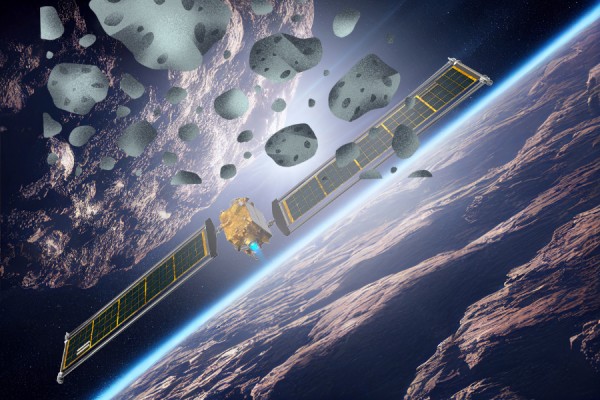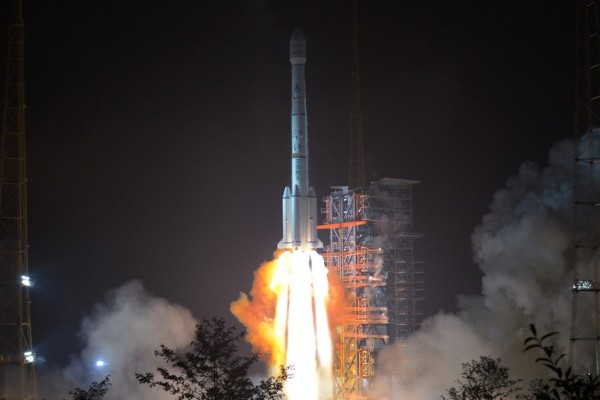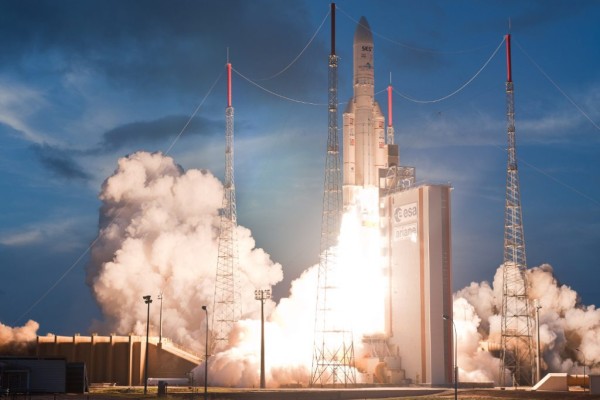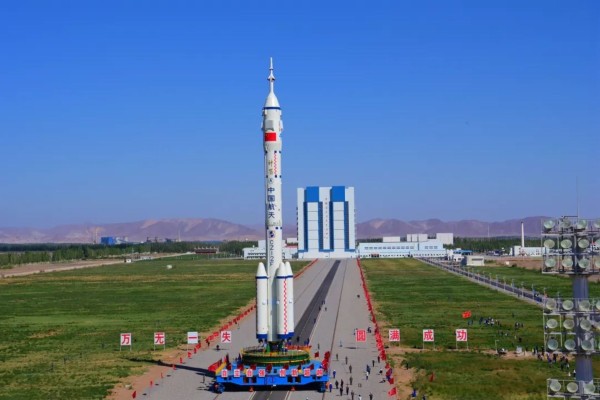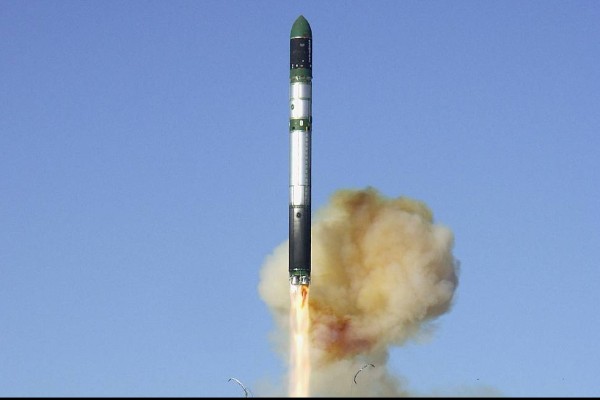- Space
- 1 year before
The Mir Space Station and the Pioneer of Life in Space
Launched in 1986, the Mir Space Station pushed the boundaries of life in space and pioneered scientific research. Mir's legacy, the ISS and its future missions
-

- 1 year before
- Category: Space
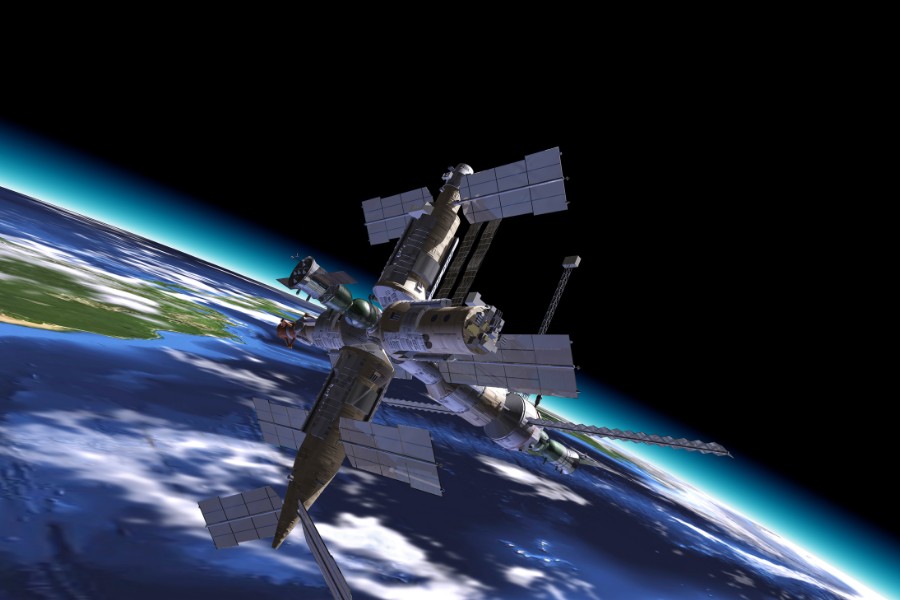
Mir Space Station: A Legacy of Space Exploration
Launched by the Soviet Union in 1986, the Mir Space Station was a pioneering research facility dedicated to the study of long-duration human spaceflight. Mir, meaning "peace" and "world" in Russian, was aptly named to represent the station's international cooperative nature. Its construction spanned the collapse of the Soviet Union, and it remained in active use until its controlled deorbit in 2001. Mir was the first modular space station in Earth's orbit, introducing numerous technical innovations and overcoming challenges that solidified its place in the history of human spaceflight.Mir's Scientific Contributions
Mir Space Station made significant contributions to fields such as human adaptation to space, materials science in microgravity, space biology, and life support systems in space. Experiments conducted on Mir allowed scientists to study the effects of prolonged spaceflight on the human body, providing crucial data for future space missions.Mir's Legacy and Decommissioning
Mir Space Station was decommissioned in 2001 and intentionally deorbited into the Pacific Ocean. Mir's impact on space exploration and human spaceflight continues to resonate at the present-day International Space Station (ISS) and in planning for future space missions. As a pioneer of long-term habitation and research in space, Mir remains a reference point for planning future long-duration missions to Mars and other celestial bodies.Mir Space Station Engineering and Modules
The Mir Space Station was a complex structure composed of multiple connectable modules. Revolving around a central core module, various modules served specific purposes, including scientific laboratories, solar arrays, and living quarters. The station's design emphasized flexibility; new modules could be added or existing ones replaced, allowing the station to constantly evolve. It also featured multiple docking ports to accommodate different spacecraft.

